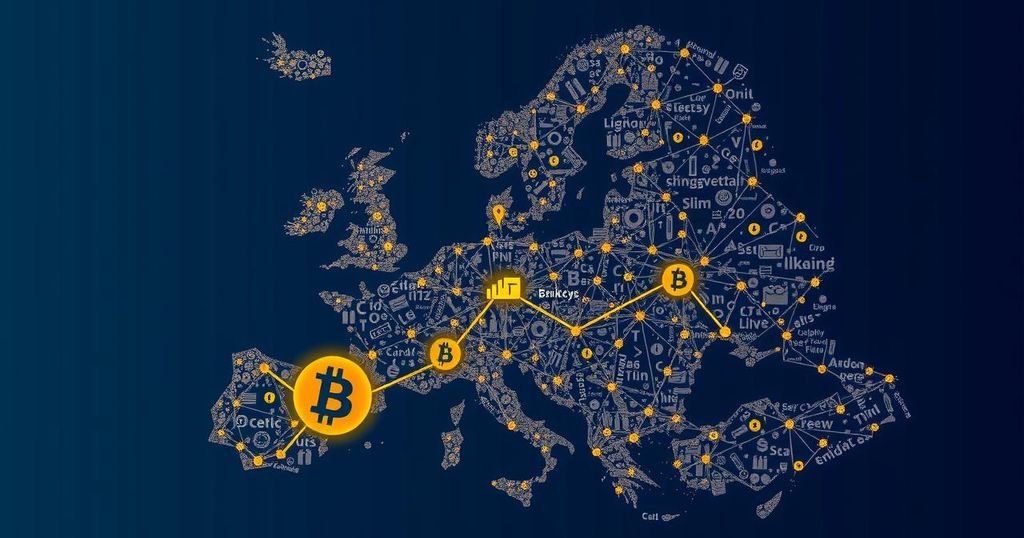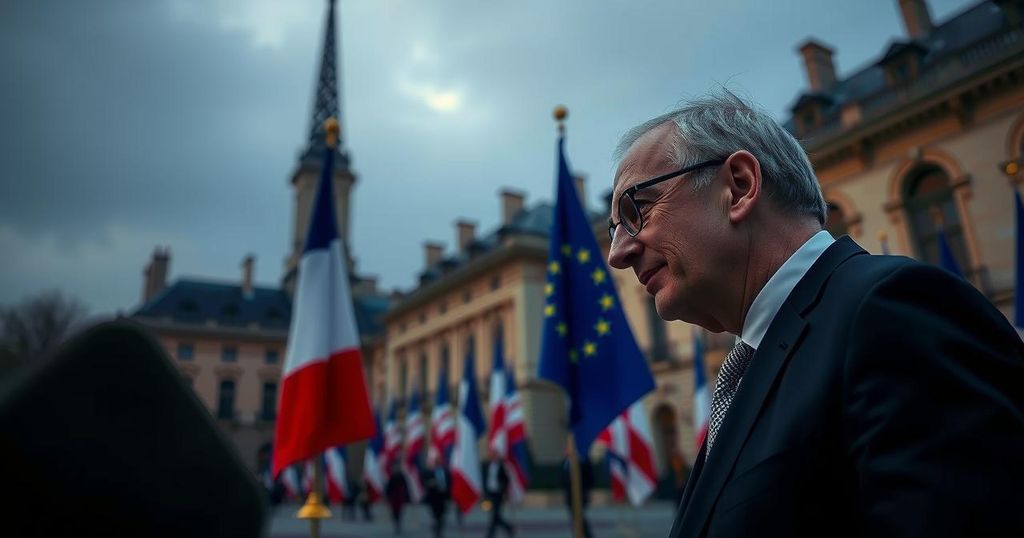Original Source: www.lemonde.fr
The European continent is presently grappling with a profound financial crisis brought on by political instability, high public debt, and rising inflation. The impact of these fiscal challenges is widespread, affecting government budgets and investment strategies across member nations. As the need for sustainable funding solutions mounts, the focus shifts towards addressing the root causes of financial mismanagement while ensuring the continued stability and growth of the Eurozone.
As autumn descends upon Europe, blanketing the continent in a cascade of gold and auburn leaves, it also ushers in a season fraught with budgetary challenges. The crunching sound of financial proposals falling resembles the rustle of leaves, but this year feels particularly heavy, teetering on the brink of crisis. Political and democratic unrest simmers, while a backdrop of soaring inflation looms, fuelling discontent and sowing discord among citizens. Tensions spark like dry kindling, preparing for a potential blaze of civil unrest.
The pressing need for sustainable financial solutions echoes through the corridors of power. Public finances are in disarray, and governments, guided by the strict scrutiny of Brussels, are compelled to make tough choices. In France, the once-lofty ambitions for ecological investment are snuffed out as budgets shrink, while the Netherlands and Belgium tighten their belts, cutting aid and support to various sectors. Even the cherished Erasmus programme braces for potential funding cuts, darkening the prospects for cultural exchange.
Gone is the illusion of limitless spending; Europe must come to terms with a harsher reality. Interest rates, having previously danced at low levels, have soared and remain elevated despite the central bank’s interventions. This new financial climate complicates debt repayments, which are now the predominant expenditure in many nations, like a weight pressing down on the chest, stifling any ambitions for growth.
Yet even amidst this storm, nations continue to borrow heavily, painting a portrait of desperation. France, for instance, aims to raise an astonishing €300 billion by 2025, not to pave the way for a sustainable future but merely to keep afloat, trapped in a web of past debts. This cycle of borrowing reveals a troubling truth – European economies are struggling to ignite the flames of growth necessary to alleviate their debt burdens. Inflation, once a fleeting ally, has become a vanished spectre, leaving states ensnared within a debilitating cycle that only tightens its grip.
As this crisis deepens, the implications stretch beyond national borders, threatening to widen the chasms in borrowing costs between European countries. Such disparities pose grave dangers to the stability of the Eurozone, where uncertainty dances like shadows in the dusk. Amidst a rapidly changing global landscape, Europe stands at a crossroads, faced with the pressing need for innovative solutions to finance the future while navigating a tumultuous present.




